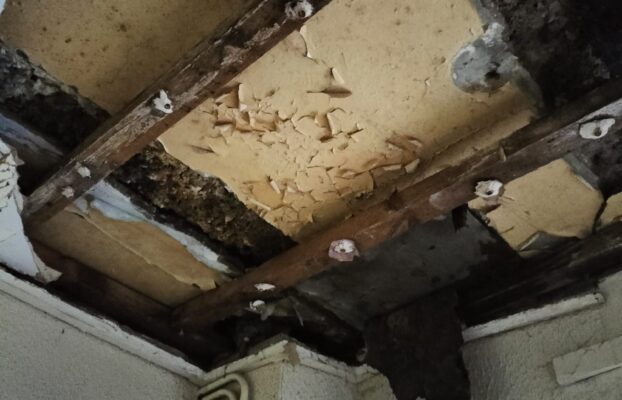As featured on Inside Housing: Click here to view article
How easy is it for residents to complain to their landlord?
Jacob Poole, housing operations co-ordinator at Pabla & Pabla Solicitors, goes through his research which highlights the practical barriers facing residents who wish to file a complaint
Within the past year, the Housing Ombudsman has introduced new statutory guidance for tenants who wish to make a complaint. The Complaint Handling Code, a two-stage process, was introduced in the Social Housing (Regulation) Act 2023. It took effect from 1st April 2024.
The two-stage process of complaints is supposed to give landlords a reasonable time to remedy disrepair. During this process, landlords are supposed to log resident’s complaints and respond to them within the time limits of the Complaint Handling Code.
The code defines a complaint as “an expression of dissatisfaction, however made, about the standard of service, action or lack of action by the landlord, its own staff or those acting on its behalf, affecting a resident or group of residents”.
It also notes the semantic difference between a complaint and a ‘service request’. The latter, defined by the ombudsman, is “a request from a resident to the landlord requiring action to be taken to put something right”.
Therefore to hold landlords that provide social housing accountable, it is important that residents know to make complaints in the right manner.
Campaign group Shelter gives advice on what to do if a resident wishes to complain about their landlord. It provides a sample message detailing the reasons for the complaint, with the specific advice of sending the complaint by email.
The charity does mention that the complaint can be sent by post, but it must be noted that potentially vulnerable social housing tenants may not want to have to send multiple letters in a multi-tiered complaints process when a stamp costs £1.65.
“Potentially vulnerable social housing tenants may not want to have to send multiple letters in a multi-tiered complaints process when a stamp costs £1.65”
Further, the Housing Ombudsman suggests that residents should “make a complaint in writing via email, post or your landlord’s online resident portal, so that you can keep a copy for your records”. Clearly, residents are expected to keep a record of their complaints as well as the landlords.
Housing associations (HAs) are legally required to engage with the Housing Ombudsman’s Complaint Handling Code. In a self-conducted quantitative study of 12 major HAs in England, I investigated how they recommend residents make complaints. I did this by accessing the complaint landing pages on their websites.
The most advised method of making a complaint was via an online portal. Of the 12 HAs examined, 11 recommended this. This included the use of apps, online enquiry forms and live chat features.
The next most common method of making a complaint came in the form of a telephone number. Eight out of 12 of the examined HAs recommended this.
They also recommended writing a letter, speaking to a staff member in person, and writing a message on social media.
Notably, only three out of the 12 HAs had an email address on their complaint landing page, despite it being Shelter and the Housing Ombudsman’s go-to recommendation for making a complaint. This might seem surprising, especially when the quantitative study revealed that all 12 of the HAs directly detailed their engagement with the Housing Ombudsman’s Complaint Handling Code.
“Notably, only three out of the 12 HAs had an email address on their complaint landing page, despite it being Shelter and the Housing Ombudsman’s go-to recommendation for making a complaint”
So what should HAs take from this? I would recommend that all HAs should be required to provide an email address on their complaint landing page. This will make sure that residents can express a written form of complaint which they can easily keep records of themselves.
HAs should also keep logs of all live chats and text messages, rather than putting emphasis on the resident to record these conversations themselves. Online portals tools such as live chats have little transparency as to how the data is being logged. If residents do not take screenshots themselves before they close the live chat page, their complaints are lost.
It must be noted that methods of complaining such as calling on the phone, speaking to a staff member in person and writing a letter are important to make the service as accessible as possible. However, it is important that HAs do not neglect clearly displaying their emails and subsequently advise residents to use it.
These recommendations for the HAs will allow the Housing Ombudsman’s methods of mediation and redress to be much more effective. With a holistic picture of how to make a complaint, swifter resolutions will be reached for residents who are in need.
Jacob Poole, housing operations co-ordinator, Pabla + Pabla Solicitors





Feature: Can the Housing Ombudsman and private solicitors co-exist?
June 6, 2025